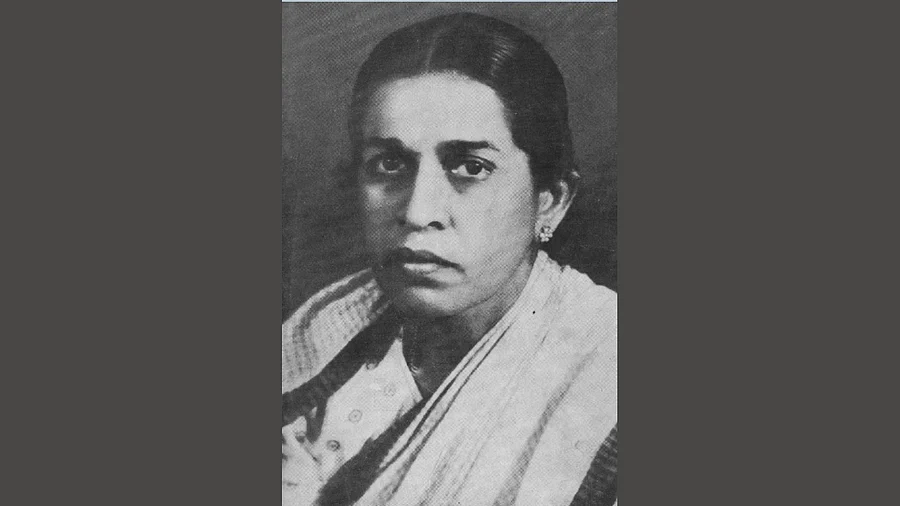

During India’s struggle for independence, freedom fighters in diverse Kannada-speaking geo-political regions emerged as nationalists dedicating everything to the cause of the nation. Many women chose to fight on the social front. Many remain unsung, years later. One among them was Umabai Kundapur.
Umabai was born on March 25, 1892, in Kundapur, a small coastal town, then in Madras Presidency. She was the only daughter in the family, the others were her five brothers.
In 1905, at the age of 13, she married Sanjeeva Rao, the son of Kundapura Ananda Rao, who was a Kannada translator in Bombay High Court. He was acquainted with social reformers of the time. The penchant for social reform activities in her family influenced Umabai to dedicate her life to social reform, particularly to issues related to women.
Umabai was convinced that the lack of education was worsening social injustice faced by women. After joining Mahila Samaj in Bombay, she started organising adult education and tailoring classes for women in English and Marathi. She also started organising plays on social themes.
The non-cooperation movement launched by Mahatma Gandhi in 1920 became a diving board for her initiatives. She took up the spinning of khadi.
In 1923, she lost her husband.
Umabai handled the responsibility of enroling and organising women volunteers for the historic session of the Indian National Congress held at Belgaum which was presided over by Mahatma Gandhi in 1924. Later, she became Vice-President of the Karnataka Pradesh Congress Committee.
During the Civil Disobedience Movement, she took part in various programmes and was sent to prison along with her associates.
In 1934, when a severe earthquake shook Bihar, thousands of people lost their life and shelter. Umabai, along with other women volunteers, rushed to Bihar and carried out humanitarian work.
During the Salt Satyagraha campaign, and after her release from prison, she gave shelter to several women Satyagrahis in the Mahila Samaj.
She travelled extensively in different Kannada-speaking geo-political regions, Bombay Presidency and neighbouring provinces.
In helping to organise the All India Women’s Conference in 1929, she developed close contacts with many women leaders of the time like Sarojini Naidu and Kamaladevi Chattopadhyay. With the help of the latter, she organised art and craft exhibitions to showcase the work of women artistes.
Social work
In 1946, the Kasturba Gandhi Memorial Trust appointed Umabai as the Karnataka Provincial Pratinidhi. She was entrusted to carry forward rural welfare work. Life skills were imparted to women of various ages through Grama Sevika training schools. To materialise this, she travelled extensively and visited different parts of Princely Mysore.
The Trust provided training to Gram Sevikas, Balwadi teachers, medical workers. To carry out the work, it nominated agents in each province, and Umabai Kundapur was one among them.
The Karnataka centre churned out Gram Sevikas for general service in villages. Under Gram Udyog, training was imparted in weaving, paper-making, and making local crafts.
Umabai inspired other women, who later started a school in the then South Canara, where children cultivated their own vegetables. During this time there were six training centres in Karnataka that all owed their existence to Umabai.
Soon, the work of Umabai Kundapur attracted the attention of several political leaders and social activists. Many visited to see the work she was doing to empower women, in the fields of adult education, self-sustenance and cottage industry. Because of her dedication, a large number of women came to be empowered to lead a life. Through her efforts, the Kasturba Gandhi National Memorial Trust became a household name in Karnataka.